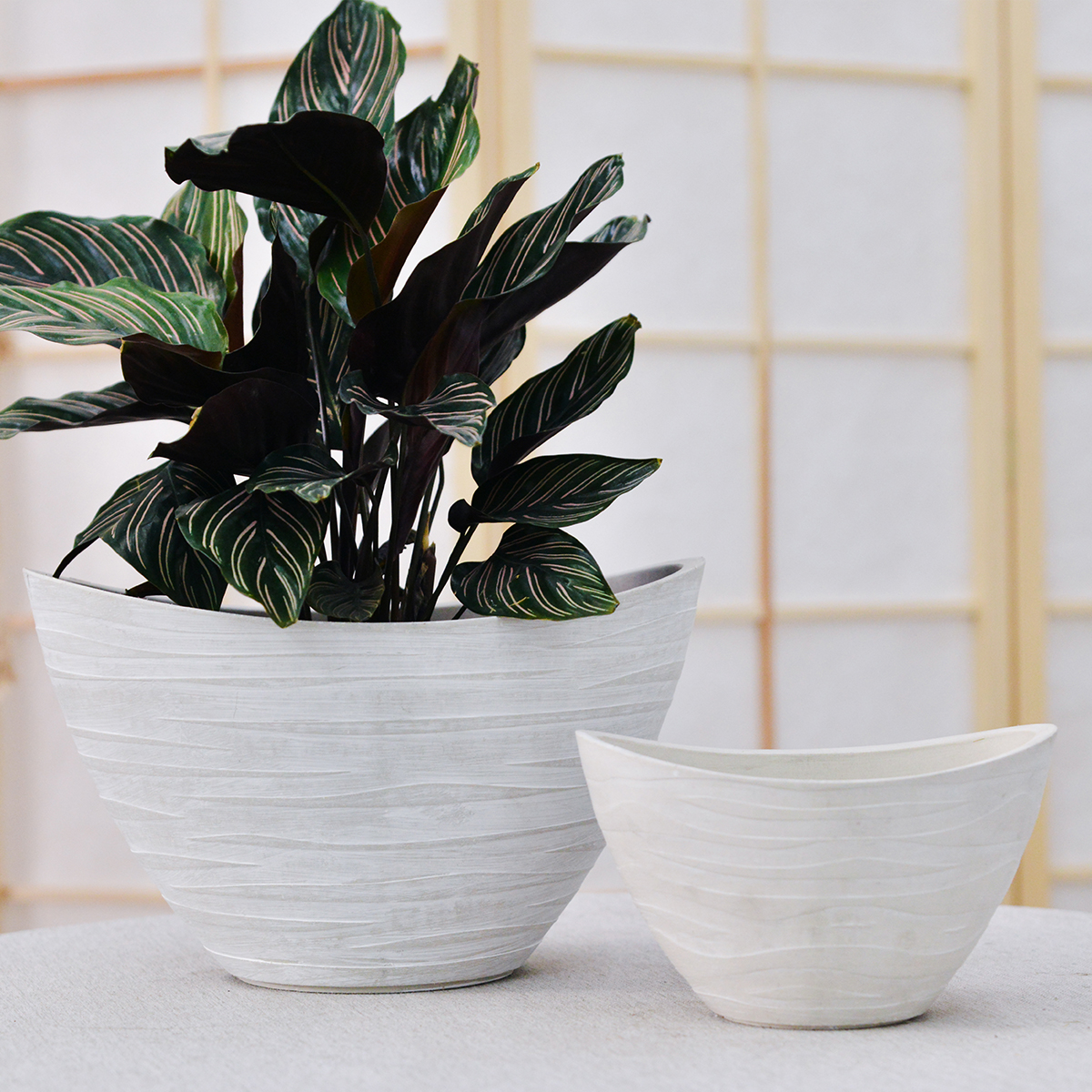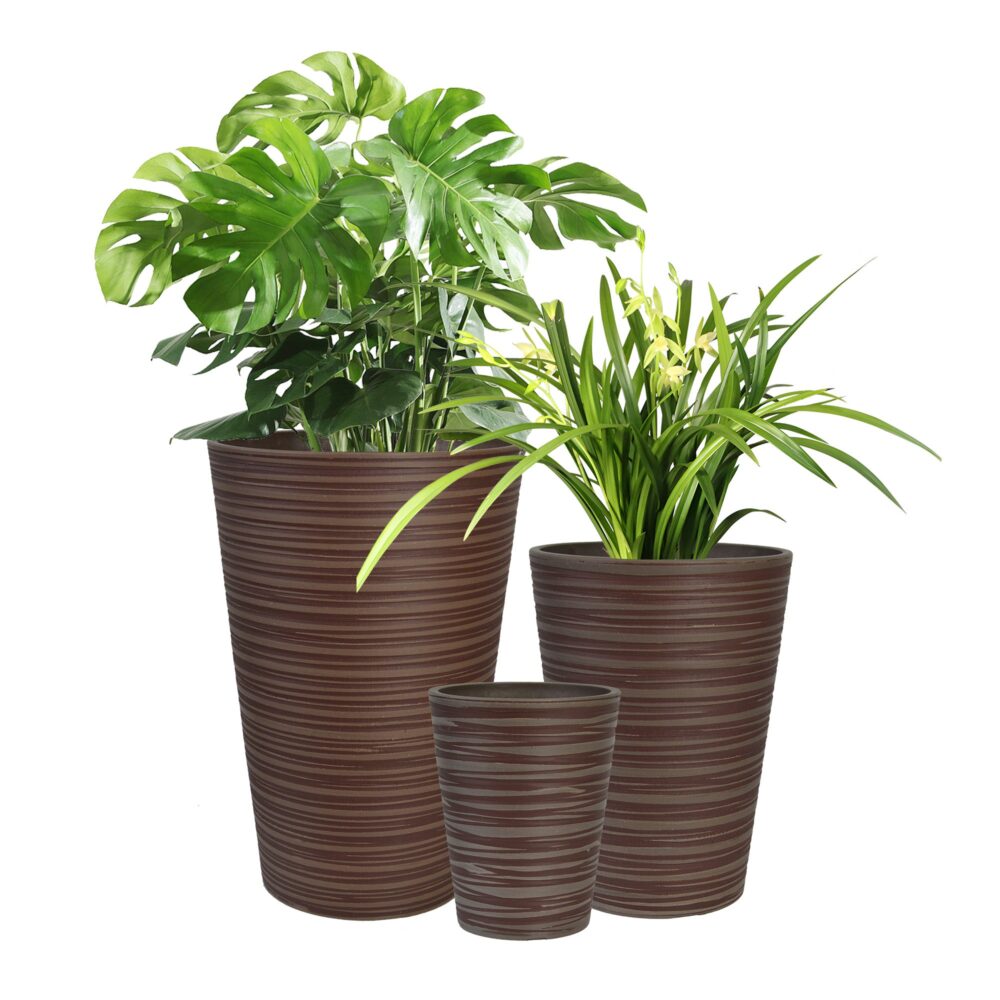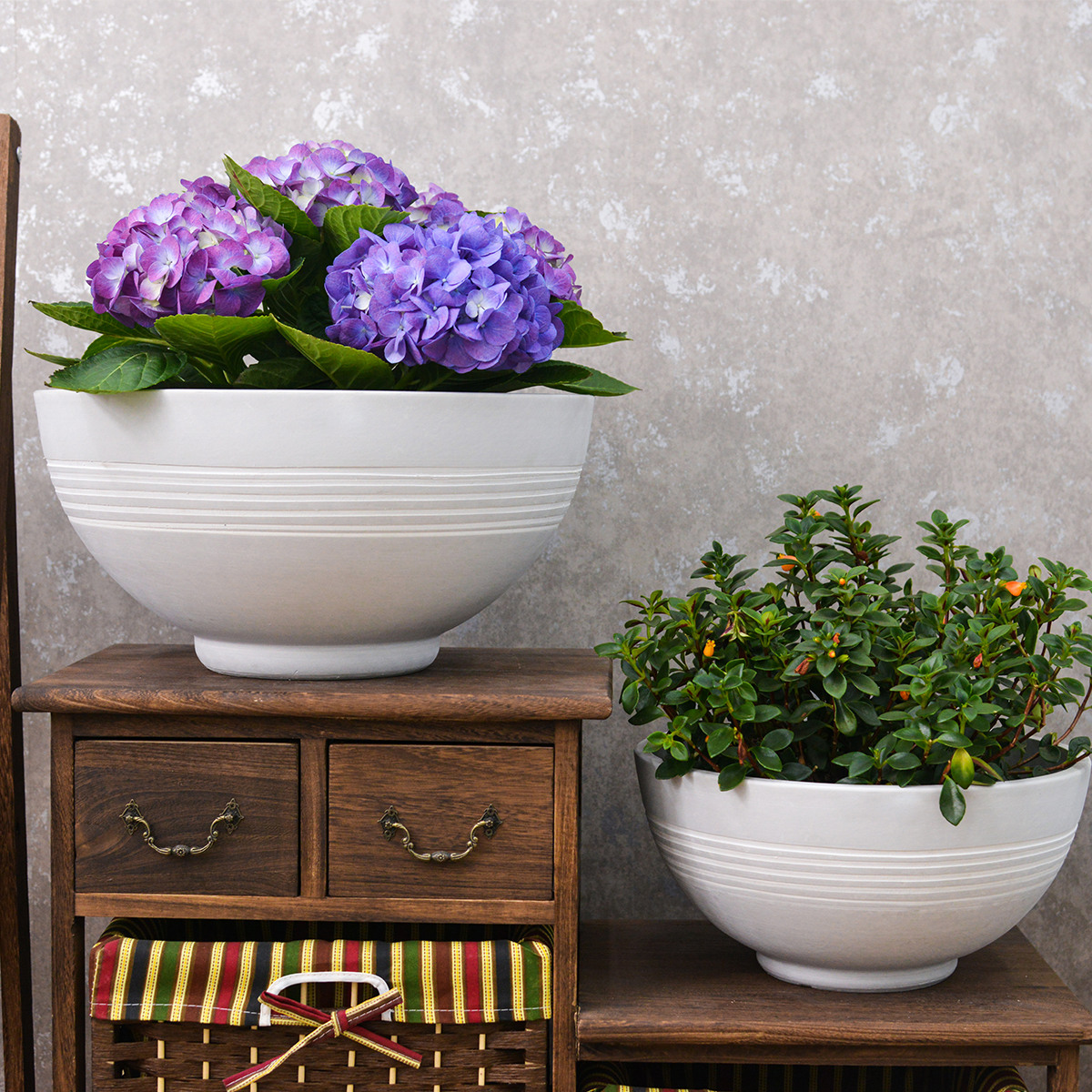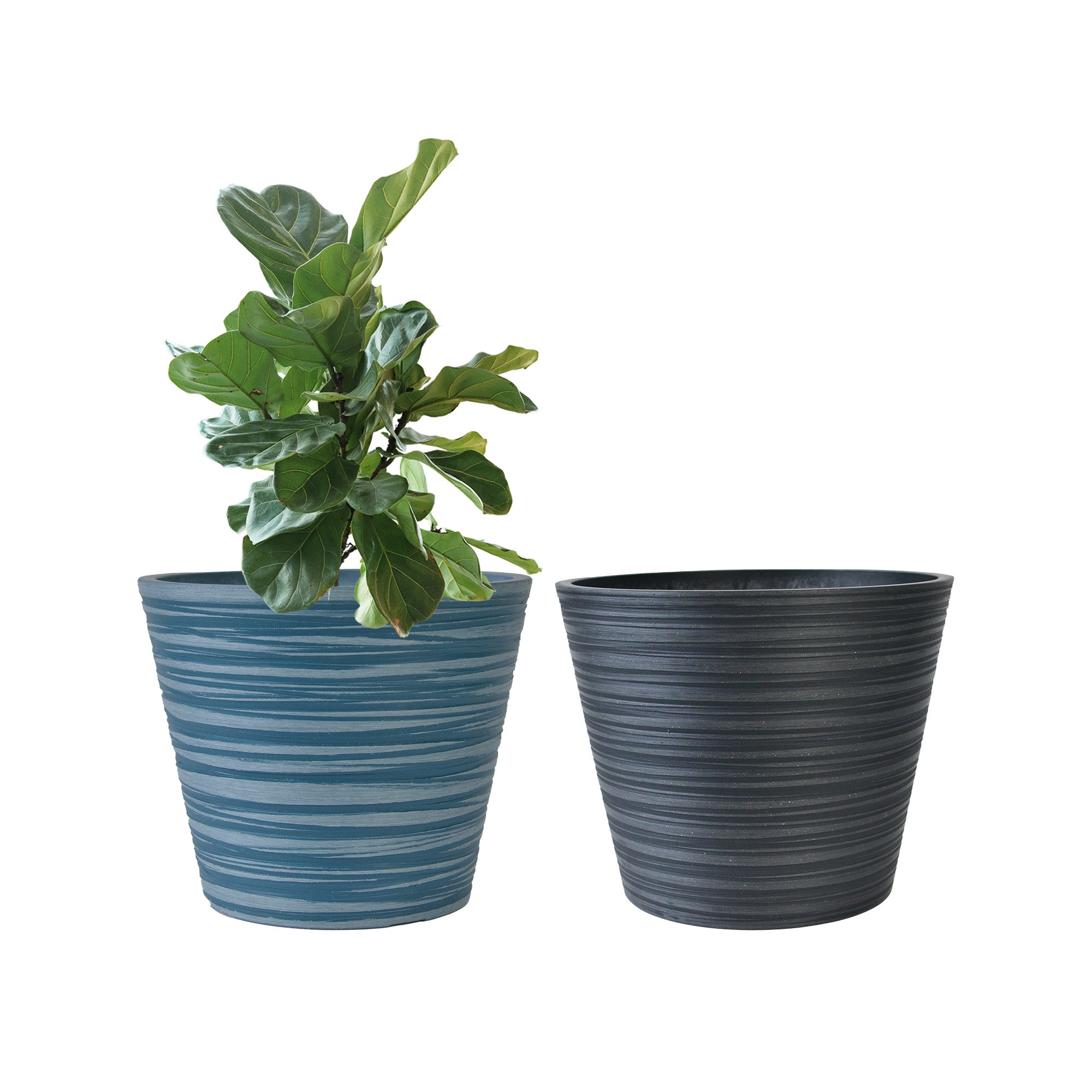Clubmoss Indoors: The Complete Guide to Growing Selaginella cernua at Home
Looking to cultivate lush, fern-like greenery with a unique, mossy texture in your indoor spaces? Clubmoss, specifically Selaginella cernua (often mistakenly referred to as Solepis cernua), is a fascinating plant prized for its delicate, scale-like foliage and spreading habit. These ancient and relatively easy-to-grow plants, belonging to the Selaginellaceae family and native to tropical regions worldwide, are perfect for adding a touch of prehistoric charm and verdant texture to your indoor environments. This comprehensive guide will provide you with everything you need to know to grow Selaginella cernua indoors, from understanding its needs to mastering essential care techniques for a thriving and beautifully textured Clubmoss in your home.
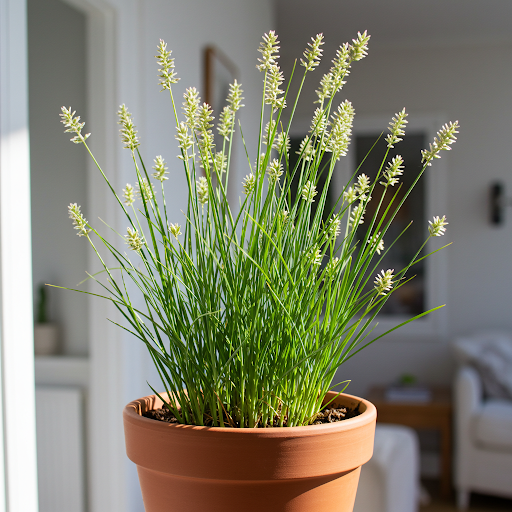
Clubmoss
What is Clubmoss (Selaginella cernua)?
Selaginella cernua, commonly known as Clubmoss, Staghorn Clubmoss, or Resurrection Plant (though this name is also used for other plants), is a species of spikemoss within the Selaginella genus. Despite its common name, it is not a true moss but a vascular plant related to ferns and lycophytes, representing an ancient lineage of plants. Selaginella cernua is known for its delicate, finely divided, scale-like foliage that creates a soft, mossy appearance and its spreading or cascading growth habit. It is prized for its unique texture and ability to thrive in humid, shady environments, making it a captivating and unusual houseplant.
Can Clubmoss (Selaginella cernua) Thrive Indoors?
Yes, Clubmoss (Selaginella cernua) thrives exceptionally well indoors and is a rewarding plant for home cultivation, especially for those seeking something different from typical ferns or flowering houseplants. Its preference for shade, consistent moisture, and warm, humid conditions aligns well with typical indoor environments, especially when provided with some extra humidity. With proper care, Clubmoss will create a lush, green carpet or cascading display, adding a touch of prehistoric elegance to your home.
Ideal Indoor Growing Conditions for Clubmoss (Selaginella cernua):
- Varieties of Clubmoss (Selaginella cernua): While Selaginella cernua is the primary species commonly referred to as Clubmoss for indoor growing, there aren’t many distinct cultivars specifically for this species. However, variations in form and size can occur. It’s important to ensure you are indeed acquiring Selaginella cernua as care requirements can differ between Selaginella species.
- Light: Clubmoss prefers low to medium indirect light. It thrives in shady conditions and is sensitive to direct sunlight, which can scorch its delicate foliage. Avoid direct sun exposure. North-facing windows are often ideal. East or west-facing windows can work if the light is heavily filtered or if the plant is placed further away from the window. Insufficient light will lead to weak growth and less vibrant foliage.
- Soil: Clubmoss needs moisture-retentive, well-draining soil that is rich in organic matter. Use a peat-based potting mix or a mix formulated for moisture-loving plants like ferns or begonias. You can also create your own mix using a combination of peat moss, perlite, vermiculite, and a bit of compost or leaf mold to provide good drainage, aeration, and moisture retention. Avoid heavy, compact soils that can become waterlogged.
- Watering: Clubmoss prefers consistently moist soil and is extremely sensitive to drying out. Water regularly to keep the soil evenly moist at all times, but not soggy. Water when the very top surface of the soil just begins to feel slightly less moist. Never allow the soil to dry out completely, even for short periods, as this can quickly lead to browning and crisping of the delicate foliage. Water thoroughly until water drains out of the drainage holes. Watering frequency will depend on light levels, temperature, humidity, and pot size, but generally, you will need to water more frequently than many other houseplants. Check soil moisture daily or every other day. Use room temperature water.
- Temperature: Average room temperatures between 60°F to 75°F (15°C to 24°C) are ideal. Clubmoss is comfortable in typical household temperatures. Avoid exposing them to temperatures below 50°F (10°C) or sudden temperature fluctuations and cold drafts. They prefer moderate warmth and consistent temperatures.
- Humidity: Clubmoss thrives in high humidity, mimicking its native tropical and subtropical rainforest environments. Aim for humidity levels of 60-80% or higher. High humidity is crucial for healthy growth and preventing browning and crisping of the delicate foliage. Dry air is a major enemy of Clubmoss. Increase humidity by:
- Terrariums (Enclosed or Partially Closed): Clubmoss is ideally suited for terrariums, which maintain consistently high humidity. Enclosed terrariums are excellent, but partially closed or open terrariums can also work with careful monitoring of humidity.
- Humidifier: Use a room humidifier, especially during dry seasons or winter heating.
- Pebble Trays: Place pots on trays filled with pebbles and water (water level below the pot base).
- Grouping Plants: Grouping Clubmoss with other humidity-loving plants can create a more humid microclimate.
- Misting Frequently: Mist the foliage frequently with room temperature water, multiple times a day, especially in drier environments.
- Bathroom (if suitable light): A well-lit bathroom can be an ideal location due to naturally higher humidity.
Planting Your Clubmoss (Selaginella cernua) Indoors:
- Starting from Potted Plants or Cuttings/Divisions: The easiest way to start growing Clubmoss indoors is to purchase established potted plants from nurseries, garden centers, or online retailers specializing in terrarium plants or unusual houseplants. They can also be propagated from stem cuttings or divisions.
- Propagation from Stem Cuttings: Take stem cuttings (several inches long) and plant them directly into moist potting mix. Keep cuttings consistently moist and in a humid environment (terrarium or under a humidity dome) until they root.
- Propagation by Division: Mature Clubmoss plants can be gently divided at the root ball when repotting, separating them into sections, ensuring each section has roots and stems. Plant each division in its own pot.
- Planting Time: Clubmoss can be planted or repotted at any time of year indoors, but spring or early summer, at the start of the growing season, is generally recommended for optimal establishment and growth.
Choosing the Right Pots for Indoor Clubmoss (Selaginella cernua):
- Suitable Pot Types: Select pots that retain moisture well and have good drainage. Plastic pots are often a good choice as they help retain moisture, which Clubmoss appreciates, and are lightweight. Ceramic or glazed terracotta pots can also be used. Terrariums are also excellent growing containers for Clubmoss, providing a controlled, humid environment.
- Drainage: Good drainage is still important to prevent soggy soil and root rot, even though Clubmoss prefers consistently moist conditions. Ensure your chosen pot has drainage holes at the bottom. You can also add a thin layer of gravel or pot shards at the base of the pot to improve drainage slightly.
- Pot Size: Choose a pot that is appropriately sized for the current size of the plant and allows for some spreading growth. Clubmoss has shallow root systems and spreads horizontally. Shallow, wide pots or terrarium containers are often ideal to accommodate their spreading habit. For smaller plants, start with pots that are 4-6 inches in diameter. Mature Clubmoss may eventually need wider containers or terrariums.
- Potting Mix: Use a moisture-retentive, well-draining potting mix as described earlier.
Essential Care Tips for a Thriving Indoor Clubmoss (Selaginella cernua):
- Watering Schedule: “Keep Soil Consistently Moist, Never Dry Out”. Water very regularly to maintain consistently moist soil. Check soil moisture frequently, ideally daily, and water when the very top surface of the soil just begins to feel slightly less moist. Never allow the soil to dry out completely.
- Humidity is Absolutely Critical: Maintain high humidity levels at all times. Terrarium growing is often the easiest way to achieve this consistently. Humidifiers, pebble trays, frequent misting, or grouping plants are essential if grown outside of a terrarium.
- Light Management: Shade is Best. Provide low to medium indirect light. Avoid direct sunlight. Place in a shady location.
- Fertilizing: Light Feeding During Growing Season. Clubmoss benefits from light fertilization during the growing season (spring and summer) to support its foliage growth. Fertilize every 4-6 weeks during the growing seasonwith a diluted balanced liquid fertilizer (quarter strength) or a fertilizer formulated for ferns or mosses. Follow package instructions carefully and avoid over-fertilizing. Reduce or stop fertilizing during the fall and winter dormant period (though growth may slow, not completely stop indoors).
- Pruning (Minimal): Minimal pruning is typically needed. You can trim back any brown or damaged foliage to maintain a tidy appearance. You can also trim to control spreading if desired.
- Repotting Schedule: Repot Clubmoss every 1-2 years, or when it becomes crowded or the potting mix is depleted. Repot in spring or early summer. Repotting into fresh, moisture-retentive mix is beneficial for their continued health.
- Pest and Disease Control: Monitor Clubmoss for pests like spider mites, mealybugs, and aphids, especially if humidity is not consistently high. Dry air can increase susceptibility to spider mites. Root rot can occur if drainage is poor or soil becomes waterlogged, though this is less common than drying out issues. Ensure good drainage and avoid letting the plant sit in standing water. Treat any pest infestations promptly with insecticidal soap or neem oil. Fungal issues can sometimes occur in overly humid conditions with poor air circulation; ensure some air movement, especially in terrariums.
Popular Clubmoss Varieties and Forms (within Selaginella genus, but cernua is most common as “Clubmoss”):
- Selaginella cernua (Staghorn Clubmoss, Resurrection Plant) – The focus of this guide.
- Other Selaginella species are also grown indoors, including:
- Selaginella kraussiana (Krauss’s Clubmoss, Trailing Clubmoss) – Lower growing, spreading, good for groundcover.
- Selaginella uncinata (Peacock Spikemoss) – Iridescent blue-green foliage.
- Selaginella erythropus (Ruby Red Clubmoss) – Reddish stems and undersides of foliage.
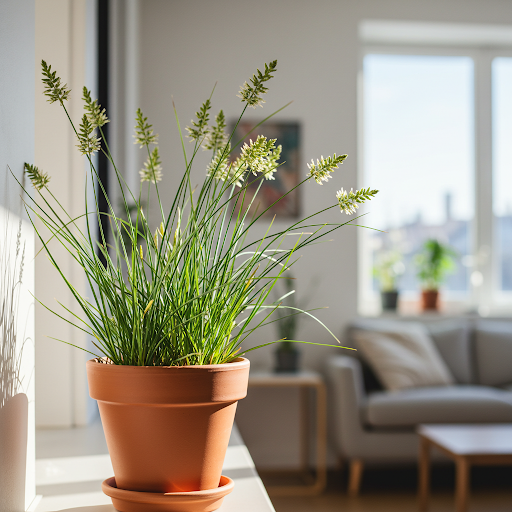
Clubmoss
In Summary:
Growing Clubmoss (Selaginella cernua) indoors is a rewarding way to bring unique, prehistoric beauty and lush, mossy texture to your home. Their delicate foliage and relatively easy care (when humidity needs are met) make them captivating houseplants, especially for terrariums or humid environments. By providing low to medium indirect light, consistently moist, moisture-retentive soil, high humidity, and regular care, you can easily cultivate thriving and beautiful Clubmoss indoors and enjoy their verdant charm year after year.
Important Note: Clubmoss (Selaginella) is generally considered non-toxic to humans and pets, making it a safe choice for households with children and animals. However, it’s always best to keep houseplants out of reach of pets and children who may be tempted to ingest them. The primary challenge with Clubmoss is maintaining consistently high humidity; ensure you can provide this condition for successful indoor growth.
Planter for Indoor Outdoor Plants, Set of 2 Modern Decorative Plant Pots with Drainage Hole, Decorative Flower Pots
By greenship-seo|2025-04-10T07:46:01+00:00January 9, 2025|Categories: Hand-carving Series|Tags: Decorative Flower Pots, Self-Watering Pots|
20YB
By greenship|2024-08-16T05:37:57+00:00August 16, 2024|Categories: Hand-carving Series|
Modern Plant Pots with Drainage – Indoor & Outdoor Use (6″ Widths)
By greenship-seo|2025-04-10T06:29:43+00:00February 6, 2025|Categories: Hand-carving Series|Tags: Decorative Flower Pots|
KC3-09k
By greenship|2024-08-16T06:24:36+00:00August 16, 2024|Categories: Hand-carving Series|
Planter 5 in W / 8 in W / 12 in W or Indoor Outdoor Plants, Modern Decorative Plant Pots with Drainage Hole, Decorative Flower Pots
By greenship-seo|2025-04-10T06:37:58+00:00January 16, 2025|Categories: Hand-carving Series|Tags: Decorative Flower Pots|
KC2-21G
By greenship|2024-08-13T06:19:08+00:00August 13, 2024|Categories: Hand-carving Series|


